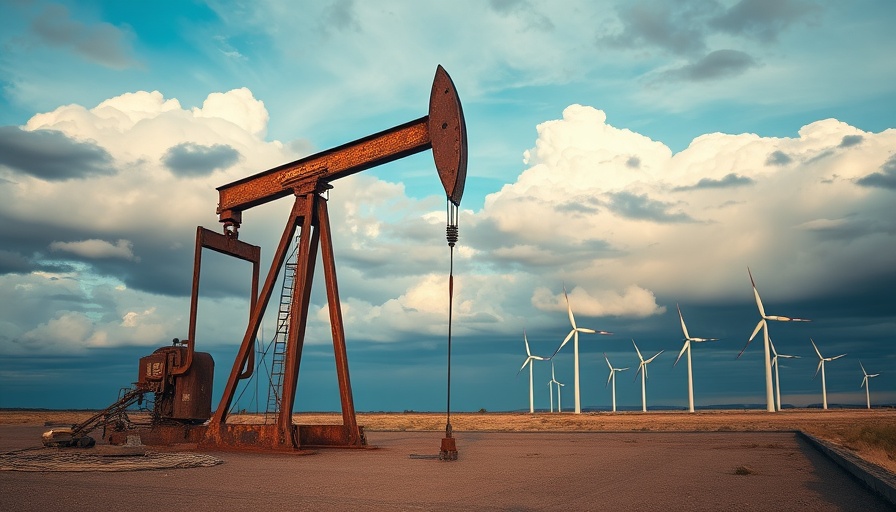
How Decarbonization Enhances Energy Independence
According to a groundbreaking study led by researchers at Stanford University, transitioning to clean energy is not just an environmental necessity; it is also a strategic move for most nations aiming to boost energy security. The shift away from fossil fuels is expected to mitigate trade risks and entrench energy independence, making it easier for countries to safeguard their resources amid shifting geopolitical landscapes.
Geopolitical Shifts and Resource Management
The study highlights the critical minerals—such as lithium, copper, and cobalt—that are essential for clean energy technologies. These resources are primarily located in the Global South, reshaping the global trade dynamics. Steve Davis, one of the study's senior authors, points out that the relationship between critical minerals and fossil fuel reliance represents a potential net gain for energy security as the world moves towards net-zero emissions.
America's Energy Landscape Changes
While the United States remains one of the largest producers of fossil fuels, it still imports significant quantities of crude oil. As the country gears towards electrification of transportation and expands its clean energy sources, the dependency on imported oil diminishes. This change not only improves energy stability but aligns with California's ambitious climate goals that resonate with the aspirations of local homeowners striving for sustainability.
Potential Risks for Oil-Rich Nations
Interestingly, the transition may pose challenges for fossil-fuel-rich countries such as Saudi Arabia and Russia, which could find their energy security threatened as global demand shifts away from oil. The outlines of this new energy economy will require these nations to expand their trading networks actively or face diminished economic leverage.
Your Role in the Transition
As California homeowners, your choices can amplify the need for cleaner energy solutions. By investing in energy-efficient upgrades, like solar panels or electric vehicle chargers, you can contribute to this global paradigm shift while enhancing your own energy security. Ask yourself, what can you do today to support your community’s transition to a cleaner energy future?
Understanding the emerging dynamics driven by decarbonization is crucial. Not only does it hold the potential to reshape global engagements, but it can also ensure a more dependable energy future for your home and your community.
 Add Row
Add Row  Add
Add 




Write A Comment